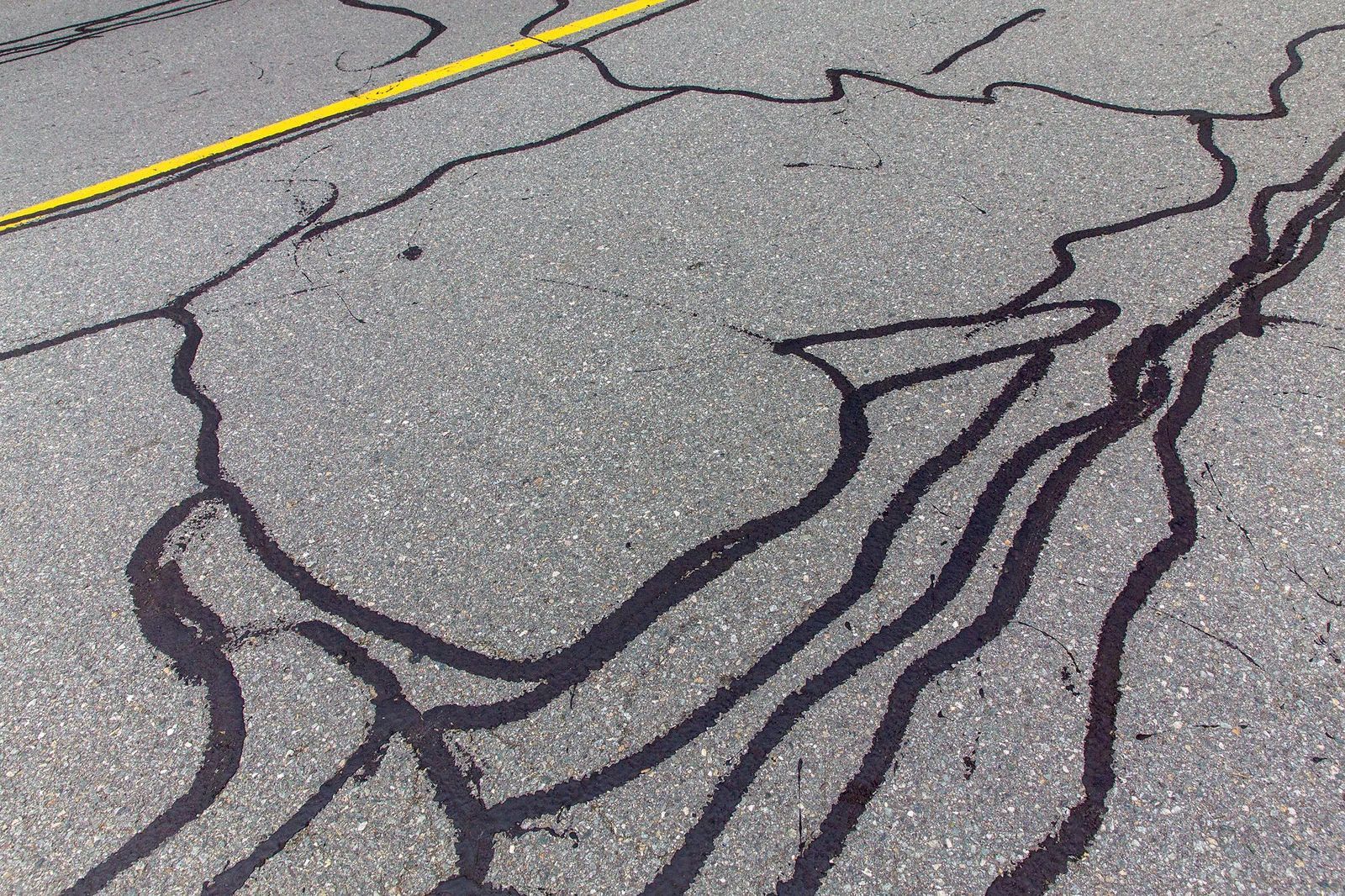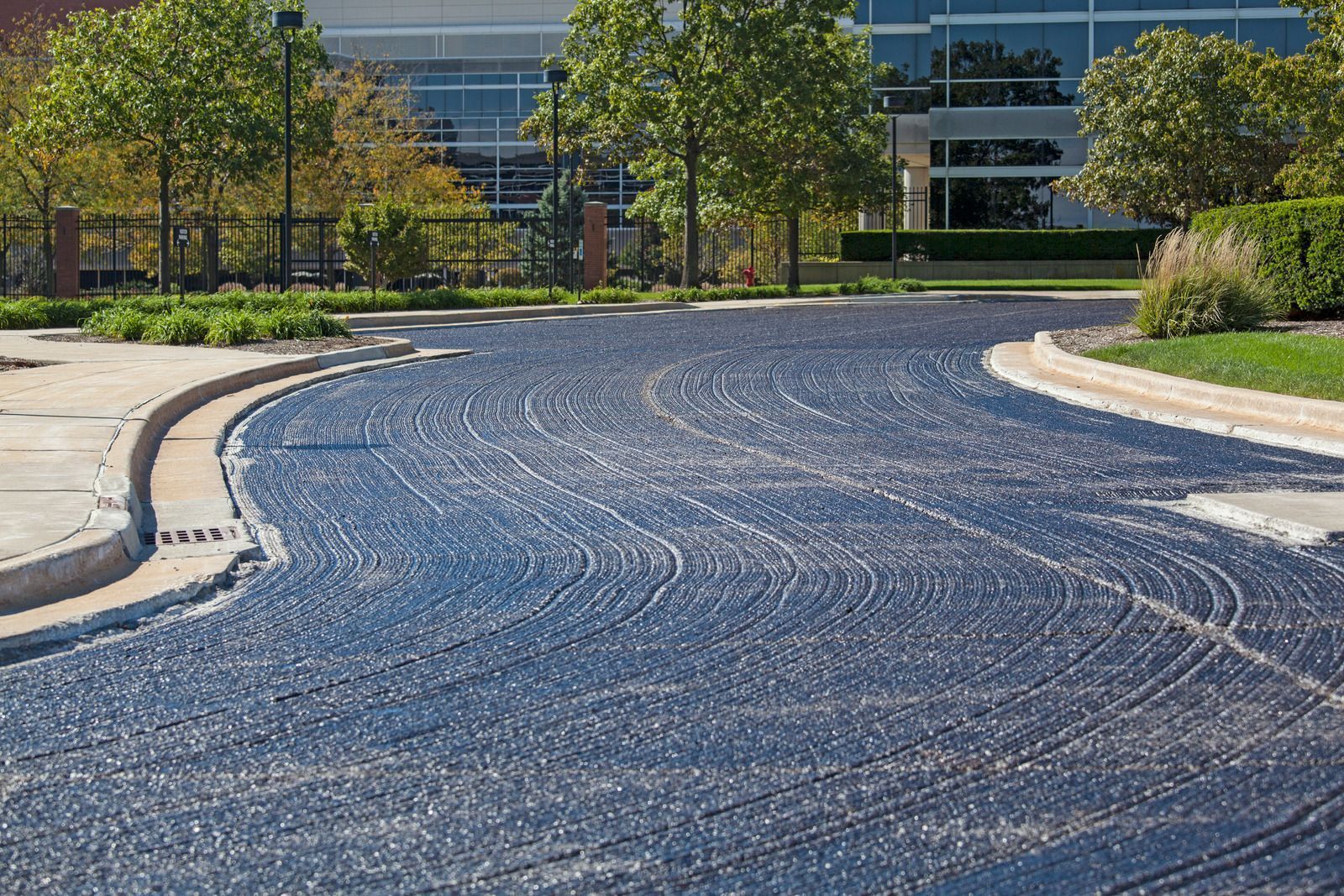Crack Filling 101: Preventing Costly Asphalt Damage Early
October 7, 2025

Cracks in asphalt are more than just an eyesore—they are the first signs of potential long-term damage. Left untreated, even small fissures can expand due to water infiltration, temperature fluctuations, and heavy traffic, eventually leading to potholes and costly repairs. Asphalt surfaces endure constant stress from vehicles, weather, and natural settling, making them vulnerable over time. Early detection and maintenance are crucial in preventing small cracks from developing into major structural issues. By addressing these issues proactively, you can save significant money, extend the life of your pavement, and maintain its appearance. Understanding how and why cracks form—and how to fix them promptly—is the first step toward effective pavement care, which brings us to the essentials of crack filling.
Why Asphalt Cracks Form
Asphalt is exposed to constant stress from traffic, weather, and natural settling. Over time, this stress can create cracks, typically appearing as hairline fractures at first. Common causes include temperature extremes causing expansion and contraction, water seeping beneath the surface, and heavy vehicles that place pressure on weaker areas. Ignoring these cracks can allow moisture to penetrate the sub-base, weakening the foundation and accelerating deterioration.
The Benefits of Early Crack Filling
Filling cracks promptly prevents them from spreading and protects your asphalt from further damage. It acts as a barrier against water infiltration, reducing the risk of potholes and structural failure. Regular maintenance through crack filling also improves the appearance of your pavement, giving it a smooth, uniform look. Beyond aesthetics, preventive crack filling is significantly less expensive than full-scale asphalt repair or replacement, making it a cost-effective solution for homeowners, businesses, and municipalities alike.
The Crack Filling Process
Effective crack filling requires proper preparation and application. First, the cracks are cleaned of debris, dirt, and vegetation to ensure the filler adheres properly. Next, a high-quality asphalt crack filler is applied using specialized equipment to fill the void completely. Finally, the area is smoothed and allowed to cure, creating a durable seal. Depending on the severity and type of cracks, professional contractors may recommend either hot-applied or cold-applied fillers, each designed to provide optimal performance under different conditions.
Tips for Maintaining Asphalt After Crack Filling
After the cracks are filled, ongoing maintenance is key. Regular inspections of your pavement will help identify new cracks before they expand. Applying sealcoating every few years further protects the asphalt from UV rays, water damage, and oxidation. By combining crack filling with routine upkeep, property owners can maximize the lifespan and performance of their asphalt surfaces.
Trust the Experts for Lasting Pavement
For residents and businesses in Jacksonville, North Carolina, Able Asphalt Paving Inc
offers 15
years of experience in
professional crack filling and asphalt maintenance. Our skilled team ensures precise preparation, high-quality materials, and meticulous application to prevent costly damage and extend the life of your pavement. By investing in early crack repair, you safeguard your property, reduce long-term expenses, and maintain a polished, functional surface. Choose Able Able Asphalt Paving Inc
for reliable service, proven expertise, and a commitment to keeping your asphalt in top condition.







